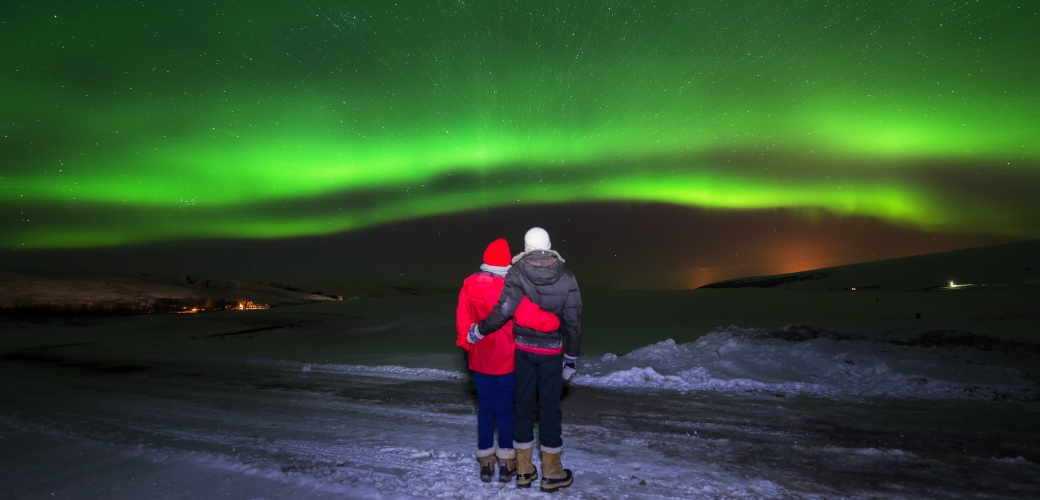
Skin and skin types
UV rays: both a blessing and a curse
Getting a healthy, glowing tan without damaging the skin is not that easy. A sunburn happens slowly and by the time we feel the burn, it’s already too late.
Even though many people want to come back home from vacation with a nice tan, experts and dermatologists point out that there is no healthy tan. To the contrary, a tan is already a visible sign of skin damage.
Our skin type determines how susceptible we are to harmful UV radiation. This is influenced by the amount and type of melanin that is produced in the skin cells. This pigmentation acts as a great natural sunscreen. Sun exposure stimulates the body to produce more melanin.
The amount of melanin in the skin cells is genetically determined. The intensity of ultraviolet radiation differs greatly in different parts of the world, and the human skin has adapted accordingly over the course of evolution. Therefore, people who live close to the equator (survival of the fittest), tend to have significantly more melanin than those who can see the "northern lights", which are at high-risk during summer months.
We respond to what we sense
When the sun shines in the sky, everyone can feel and see it. Some of us have to sneeze when we look straight at the sun. We respond to what we sense. Whether it’s bright light or warmth, both come from the sun.
We don’t know exactly why some people sneeze in the sun. 20 – 25% of people are affected by this photic sneeze reflex. However, the reasons and causes have not been fully researched so far. It could be possible that the sun sneeze is genetic.
Electromagnetic spectrum in optical radiation (in nanometers)
Ultraviolet
UVC: 290 nm >
UVB: 320 - 290 nm
UVA: 400 - 320 nm
Visible radiation (light or UV-Vis, visible radiation)
400 - 780
Infrared
IR-A: 780 - 1400
IR-B: 1400 - 3000
IR-C: 3000 - 10000
No one can see or feel what we have to really pay special attention to when it comes to sun protection. UV radiation, which comes from optical radiation (ultraviolet — visible light — infrared), is simply not discernible. A few animals are exceptions and can see UV rays, especially UVA.
However, people do notice the effects on skin and eyes with no problem. Starting with slight reddening of the skin, to a bad sunburn up to the appearance of skin aging and possible skin cancer, we have ample reasons to protect ourselves comprehensively from UV radiation as best as we can.
The Earth's atmosphere is the first protective shield making sure that not all radiation from the sun reaches the earth's surface, together with the ozone layer. Upon entering into our atmosphere, this natural filter prevents short-wave radiation below 290 nm in particular, mainly UVC and the short-wave part of UVB radiation.
The rest of the radiation is absorbed by our skin and eyes. UVB radiation makes up about 5% of the total UV radiation. The other 95% belong to the longer-wave UVA range. The amount and intensity of solar radiation which ultimately finds its way to people varies and it depends on a number of factors and external influences. Particularly noteworthy criteria that strongly influence the intensity of sun radiation are ozone concentration, the amount of cloud cover in the sky, day and season, latitude and altitude above sea level. This is why the global UV index should be understood as a guide that does not take into account possible fluctuations.
What happens when we get hit by UV radiation without protection, or better said, when our exposed skin gets hit by UV radiation? A small part of the radiation is reflected directly away from the skin’s surface. The larger part makes its way just beneath the skin’s surface.
The depth of the penetration depends on the respective wavelength. UVB radiation penetrates only into the epidermis, while UVA radiation can penetrate more deeper into the skin and tissue.
This is an example of chemical reactions and biological processes that are of fundamental importance to our lives, yet also harbor dangers.
Further information
Anyone who wants to understand this topic better is in good hands with the Federal Office for Radiation Protection (Bundesamt für Strahlenschutz - BfS). You will find everything you need to know about UV radiation here. (German language website)
To BfS

